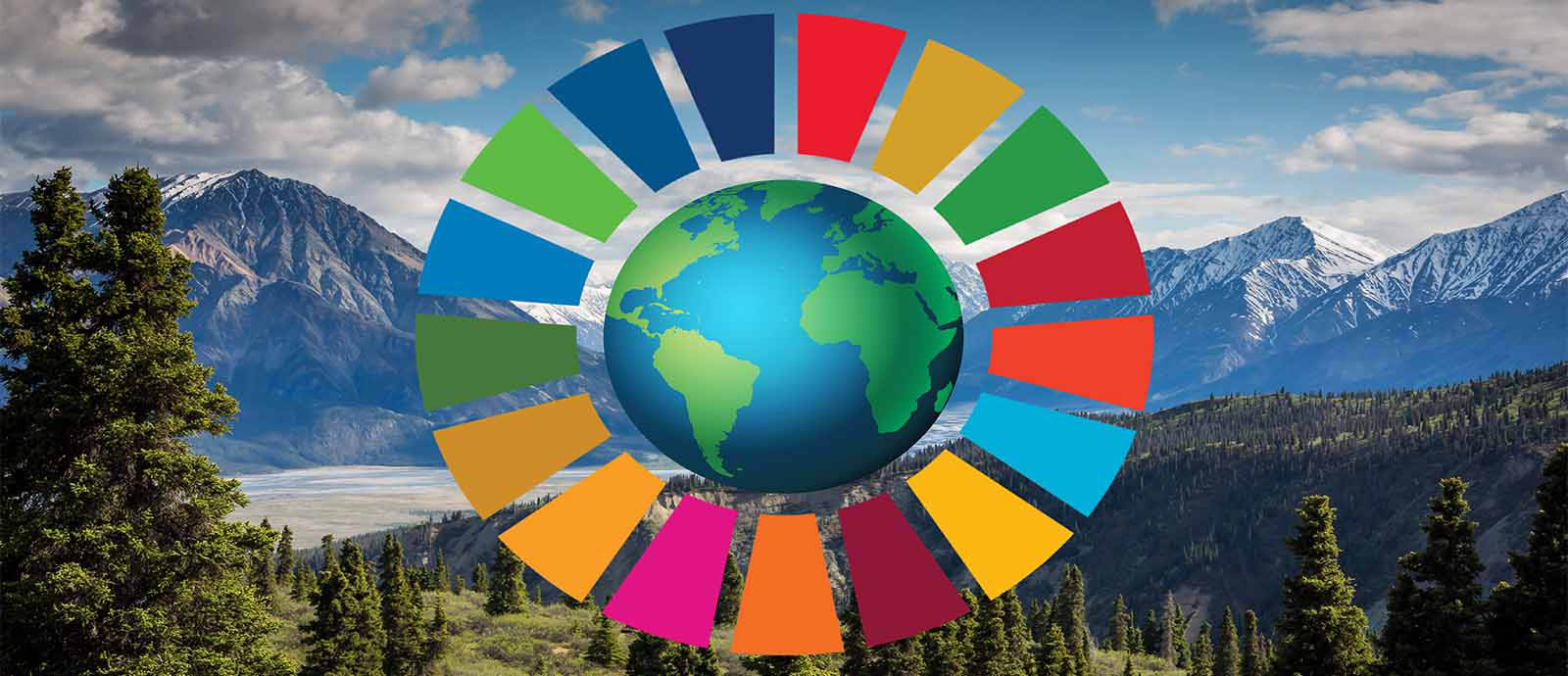The UN’s Sustainable Development Goals (SDGs) are both aspirational and inspirational, intended to address the world’s most significant development challenges. But these can only be achieved with financial resources to support them. The OECD estimates a funding gap of US $4 trillion a year. Funding sources must collaborate to be creative and catalytic in order to achieve sustainable development in developing countries.
At the country level, Integrated National Financing Frameworks (INFFs) serve as essential tools for governments to unlock development funds and ensure their effective utilization. INFFs provide a holistic approach to financing by integrating various funding sources and aligning them with a country’s development priorities.
Export Credit Agencies (ECAs) must be seen as critical players in mobilizing funds for development. They have collective exposure of nearly US $3 trillion as of end-2021 (2021 State of the Industry Report, Berne Union), far outweighing the US $800 billion of development assets that the 13 largest Multilateral Development Banks (MDBs) collectively owned in 2020.
What are Export Credit Agencies (ECAs)?
ECAs are specialized institutions that support exporters and investors by providing financing, insurance, and guarantees (and sometimes equity) in support of trade and investment by financing or mitigating risks associated with cross-border transactions.
Although their mandates are to support their own national companies, ECAs play a crucial role in promoting economic growth and sustainable development in emerging and developing markets. They bridge the financing gap to support priority sectors such as infrastructure development, renewable energy, and healthcare. ECAs act as catalysts for private sector involvement, mobilizing significant financial resources to fund projects that contribute to the SDGs.
The Role of Export Credit Agencies(ECSs) in Funding the Sustainable Development Goals (SDGs)
ECAs can help fund the SDGs in three strategic ways:
- Facilitating trade: ECAs facilitate trade by assuming commercial and political risks in buyer countries, enabling companies to expand their international reach. While ECAs measure success in terms of their own country’s economic growth and job creation, the transfer of technology and knowledge and impact achieved in the buyer country contributes to the achievement of development goals.
- Attracting foreign direct investment (FDI): ECAs play a crucial role in helping to mobilize FDI. They can provide political risk insurance, which reduces investment risks for international investors. By ensuring a more stable and secure investment environment, ECAs help unlock capital for sustainable development projects, fostering economic stability and progress.
- Promoting sustainable practices: ECAs have incorporated sustainable development principles into their operations. They assess the environmental and social impact of projects they support, encouraging sustainable practices and responsible investments. ECAs can incentivize and promote green projects by offering preferential terms and conditions for environmentally-friendly initiatives, further aligning their activities with the SDGs.
Integrated National Financing Frameworks (INFFs) as a Key to Unlocking Development Funds
By creating a coordinated and comprehensive framework, INFFs empower governments to optimize the use of resources and attract investments through:
- Coordinated financing strategies: INFFs enable governments to coordinate and streamline various financing sources, including budgetary allocations, domestic resource mobilization, and private sector investments. This coordination minimizes duplication, maximizes efficiency, and ensures that funding is directed towards high-impact projects that contribute to the SDGs.
- Enhanced transparency and accountability: INFFs promote transparency and accountability in the management of development funds. They establish clear mechanisms for monitoring and reporting on progress, ensuring that resources are used effectively and efficiently. This transparency builds trust among stakeholders and reduces the risk of corruption or misallocation of funds.
- Catalyzing private sector participation: INFFs seek to create an enabling environment for private sector engagement. By identifying investment opportunities and addressing risks, INFFs enhance the attractiveness of projects to private investors. ECAs, with their expertise in risk mitigation, can plug into INFFs to further catalyze private sector participation, thereby unlocking additional financial resources for development.
Utilizing Export Credit Agencies (ECAs) in the Integrated National Financing Frameworks (INFF)
The utilization and promotion of ECAs within the INFFs holds immense potential for unlocking development funds and accelerating progress towards the SDGs.
- Strategic alignment: INFFs provide a strategic framework that aligns a country’s development priorities with the financial instruments and services offered by ECAs. By integrating the goals and targets of the SDGs into their operations, ECAs can support projects that have a direct positive impact on sustainable development. This alignment ensures that funding is directed towards sectors such as renewable energy, infrastructure, education, and healthcare, which are vital for achieving the SDGs.
- Leveraging risk mitigation instruments: ECAs specialize in mitigating risks associated with cross-border transactions and investments. Within the INFF, ECAs can identify and insure against potential risks in priority sectors, making them more attractive to private investors. ECAs’ risk mitigation instruments, such as export credit guarantees and political risk insurance, provide the confidence and security necessary to mobilize private sector capital for sustainable development projects.
- Knowledge sharing and capacity building: ECAs have extensive experience in project financing, risk assessment, and due diligence processes in emerging and developing economies. ECAs can share their expertise and provide technical assistance to governments in developing robust financial frameworks. This knowledge exchange can strengthen the capacity of countries to effectively manage and utilize development funds, enhancing their ability to achieve the SDGs.
- Innovative financing mechanisms: INFFs emphasize the importance of exploring innovative financing mechanisms to bridge the financing gap. ECAs, with their financial expertise and access to international markets, can contribute to the design and implementation of innovative financing instruments. By leveraging these mechanisms, ECAs can mobilize additional funding from diverse sources, unlocking new avenues for sustainable development.
- Monitoring and evaluation: INFFs establish robust monitoring and evaluation frameworks to track progress towards the SDGs. ECAs can play a crucial role in providing data and information related to the impact of their financing activities. By aligning their reporting mechanisms with the monitoring systems of INFFs, ECAs contribute to transparency and accountability in development finance. This ensures that the allocated funds are effectively utilized, and the desired outcomes are achieved.
Export Credit Agencies’ (ECAs) Critical Role in Mobilizing Funds for Development
ECAs are well-positioned to play a major role in mobilizing funds for the world’s development goals. Through their financial expertise, risk mitigation capabilities, and extensive networks, ECAs can attract private sector investments and support sustainable development projects. INFFs act as the key to unlock the necessary funds by providing a comprehensive framework for coordinating and optimizing various financing sources.
Promoting the creation and strengthening of ECAs in developing and emerging economies within the INFF holds great potential for aligning financial resources with development priorities, fostering transparency, and catalyzing private sector participation. By leveraging the strengths of both ECAs and INFFs, countries can accelerate progress towards the SDGs and create a more sustainable and inclusive future for all.
ECAs – as identified players within the INFF construct to finance the SDGs – have the power to help transform global development finance, ensuring that the world’s development goals are not just aspirations but tangible realities that improve the lives of people worldwide.



